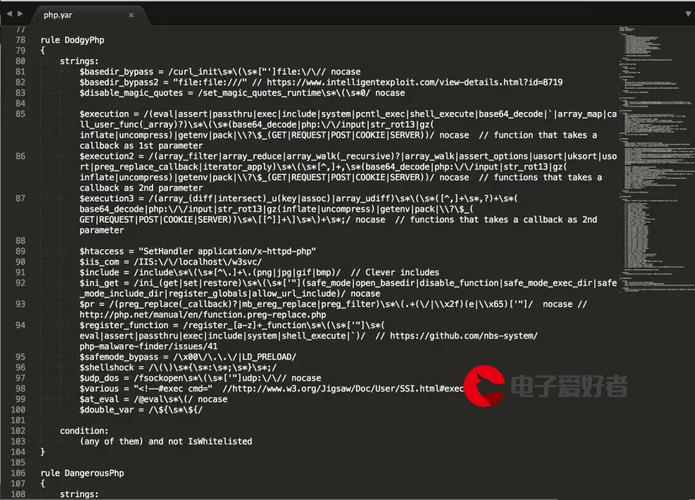开始播放播放器-ylmf 系统

2023年4月4日发(作者:镜像浏览器)
android⾃动换⾏的线性布局
在项⽬中,有时候会有“横向排列,排满后⾃动换⾏”的需求(⽐如下图),要是⼦view是定长的就没什么好说的了,但如果是变长的话呢?
这篇博客会帮你应对这种需求。
基本思路
1.最外层⼀层竖直线性布局(我们称为⽗布局)
2.新建⽔平线性布局(我们称为⾏布局)
3.计算待放⼊的view的宽度和⾏布局的剩下宽度
4.判断是否可以放⼊
(1).若view的宽度⼩于等于剩余宽度,放⼊,到第三步;
(2).若view的宽度⼤于剩余宽度,添加⾏布局到⽗布局,到第⼆步。
注意
这⾥要注意⼏点:
1.⼦view的宽度要加上间隔;
2.若是⼦view的宽度⼤于⾏布局的宽度,不考虑对⼦view进⼊换⾏,直接放⼊;
接下来看代码,注释已经很详细,就不累赘了。
ty的布局
2.⼦view
3.⼦view的背景
ty代码
<?xmlversion="1.0"encoding="utf-8"?>
xmlns:android="/apk/res/android"
android:layout_width="match_parent"
android:layout_height="match_parent"
android:background="#eee"
>
android:id="@+id/ll_parent"
android:layout_width="match_parent"
android:layout_height="wrap_content"
android:orientation="vertical"
android:layout_marginLeft="10dp"
android:layout_marginRight="10dp"
/>
<?xmlversion="1.0"encoding="utf-8"?>
android:layout_width="match_parent"
android:layout_height="match_parent"
android:textSize="16sp"
android:textColor="@android:color/white"
android:gravity="center"
android:paddingTop="5dp"
android:paddingBottom="5dp"
android:paddingLeft="8dp"
android:paddingRight="8dp"
android:background="@drawable/tv_bg"
/>
<?xmlversion="1.0"encoding="utf-8"?>
publicclassMainActivityextendsAppCompatActivity{
@Override
protectedvoidonCreate(BundlesavedInstanceState){
te(savedInstanceState);
setContentView(ty_main);
initData();
ll_parent=(LinearLayout)findViewById(_parent);
initAutoLL();
}
//数据
ArrayList
//初始化数据
privatevoidinitData(){
("作家");
("段⼦⼿");
("软⽂作者");
("摄影爱好者");
("画家");
("画家");
("哦我还很喜欢⾳乐");
("还有其他七七⼋⼋的我就不说了");
("⽼师");
}
//最外层的竖直线性布局
privateLinearLayoutll_parent;
//绘制⾃动换⾏的线性布局
privatevoidinitAutoLL(){
//每⼀⾏的布局,初始化第⼀⾏布局
LinearLayoutrowLL=newLinearLayout(this);
ParamsrowLP=
Params(_PARENT,
_CONTENT);
floatrowMargin=dipToPx(10);
gins(0,(int)rowMargin,0,0);
outParams(rowLP);
booleanisNewLayout=false;
floatmaxWidth=getScreenWidth()-dipToPx(30);
//剩下的宽度
floatelseWidth=maxWidth;
ParamstextViewLP=
Params(_CONTENT,
_CONTENT);
gins((int)dipToPx(8),0,0,0);
for(inti=0;i<();i++){
//若当前为新起的⼀⾏,先添加旧的那⾏
//然后重新创建布局对象,设置参数,将isNewLayout判断重置为false
if(isNewLayout){
ll_w(rowLL);
rowLL=newLinearLayout(this);
outParams(rowLP);
isNewLayout=false;
}
//计算是否需要换⾏
TextViewtextView=(TextView)getLayoutInflater().inflate(ew,null);
t((i));
e(0,0);
//若是⼀整⾏都放不下这个⽂本框,添加旧的那⾏,新起⼀⾏添加这个⽂本框
if(maxWidth
ll_w(rowLL);
rowLL=newLinearLayout(this);
outParams(rowLP);
w(textView);
isNewLayout=true;
continue;
}
//若是剩下的宽度⼩于⽂本框的宽度(放不下了)
//添加旧的那⾏,新起⼀⾏,但是i要-1,因为当前的⽂本框还未添加
if(elseWidth
isNewLayout=true;
i--;
//重置剩余宽度
elseWidth=maxWidth;
continue;
}else{
//剩余宽度减去⽂本框的宽度+间隔=新的剩余宽度
elseWidth-=suredWidth()+dipToPx(8);
if(ldCount()==0){
w(textView);
}else{
outParams(textViewLP);
w(textView);
}
其中主要代码在initAutoLL函数内部,运⾏后便可看到⽂章开头处的效果图
}
}
}
//添加最后⼀⾏,但要防⽌重复添加
ll_View(rowLL);
ll_w(rowLL);
}
//dp转px
privatefloatdipToPx(intdipValue){
imension(X_UNIT_DIP,
dipValue,
ources().getDisplayMetrics());
}
//获得评论宽度
privatefloatgetScreenWidth(){
ources().getDisplayMetrics().widthPixels;
}
}
更多推荐
layoutparams








发布评论